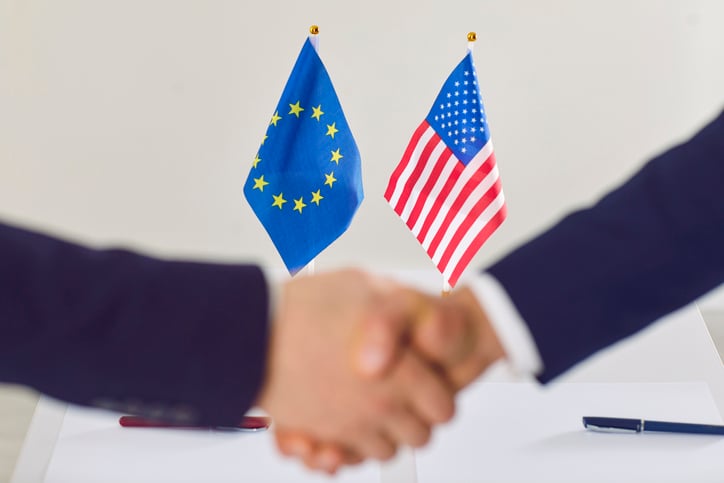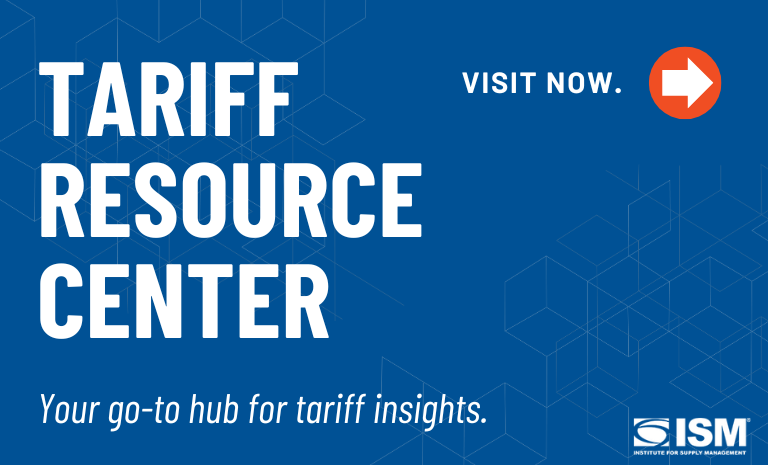Trade Deals and a Potential U.S. Tariff ‘For the Rest of the World’

President Donald Trump, while in Scotland over the last several days, said Monday that he considers 15 percent to be a standard tariff percentage. That was the percentage he announced as a baseline for European goods coming into the U.S. in an agreement with the European Union.
“For the world, I would say it’ll be somewhere in the 15 percent to 20 percent range,” Trump said in Scotland as he met with United Kingdom Prime Minister Keir Starmer,” Yahoo! Finance reported.
He continued, according to NBC, saying, “We’re going to be setting a tariff for essentially the rest of the world, and that’s what they’re going to pay if they want to do business in the United States, because you can’t sit down and make 200 deals.”
Tariffs are here to stay. And according to The New York Times, they may be working. “The outcome has seemingly proved Mr. Trump right that his tariff threats are a powerful bargaining tool,” reporter Ana Swanson wrote. She continues: “And the muted market reaction to 15 percent tariffs on Japan and the European Union suggests that the panic many expected from his earlier, more extreme levies may not materialize.”
Extending the Pause with China
Earlier today, according to some reports, the U.S. and China agreed to end talks and keep the current tariff truce, scheduled to end August 12, at least for now.
An extension of the pause on heavy tariffs, which was implemented in May, has yet to be agreed upon, and Trump has the final say.
The two countries met in Stockholm over the last two days.
Agreement with Japan
A week ago, the U.S. and Japan agreed to a 15-percent tariff, which includes automobiles and car parts — which, as CNN reported, puts Japan “at an advantage over other major vehicle exporters, which have faced a 25-percent levy on automotive sector exports since April.”
Calling it a “historic deal,” a White House fact sheet states that the agreement will restore greater balance to the U.S. trade position, that the two countries share a commitment to “economic prosperity, industrial leadership and long-term security” and that the alliance will drive global growth and innovation.
According to the statement, Japan plans to invest US$550 billion to rebuild and expand American industries as directed by the U.S. Those areas include infrastructure, semiconductor manufacturing and research, and pharmaceutical and medical production. “This is the single largest foreign investment commitment ever secured by any country and will generate hundreds of thousands of U.S. jobs, expand domestic manufacturing, and secure American prosperity for generations,” the statement said.
Meanwhile, the August 1 deadline for trade deals looms, and threats of higher tariffs for some countries and goods have been floated.
Mitigating Tariff Risk
During Institute for Supply Management®’s (ISM®) “Quarterly State of Risk” webinar last week, ISM CEO Thomas W. Derry noted that many organizations that attended the ISM World 2025 Annual Conference in June, said they were far along in their tariff risk mitigation strategies.
“That was encouraging,” he said, adding that he believes tariffs are here to stay, likely at a lower rate than the high tariffs threatened in the past few months. He added that he thinks supply management organizations will figure out how to manage tariff risk before the end of year, in time to deal with whatever disruption is next on the horizon.
“In the long run, what will define success of the new policy is if we enter into bilateral trade deals with other countries,” Derry said, prior to the announcement of the EU deal.
He added, “I think the administration could point to the shock and awe campaign as having worked.” It could claim that trade deals weren’t getting done using diplomacy, he said.
They could also claim, Derry said, that there is now a range of new bilateral deals that are much better and more equitable for the U.S. than they used to be.

